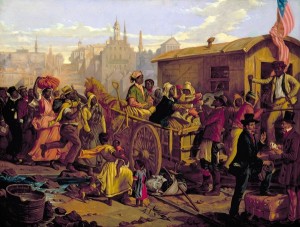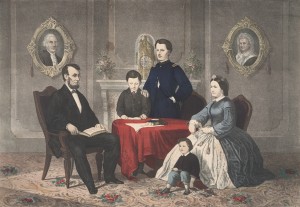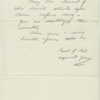For this transcription assignment, I will be discussing the challenges and the overall process of transcribing Diary entry 34. This diary entry is a personal account of James Merrill Linn from February 5-7, 1862.
As part of the transcription process, I found it most helpful to have both the diary entry I was transcribing and my actual transcription side by side on the screen. This allowed me to easily read the document and type the words I saw in his diary entry. At first, I read the document straight through and left question marks where I found words illegible. I went back through the entire document and tried to fill in the question marks as much as possible. I realized that context is crucial when transcribing illegible words. For instance, once I realized that Linn was mostly discussing his boating experiences, I would google some of the letters in a certain word I could not read. If the results connected to boating and the Civil War, I knew that the word I found illegible fit well in that specific context.

In this example, I transcribed this sentence as “There are ? had fisheries here.” Because Linn was talking about fisheries, I realized that he must be talking about something relevant to fish. I googled the letters I found legible which were “findshad” and a link said that Shad was a type of fish. This helped me come to the conclusion that the illegible word as actually two separate words of “fine Shad”.
Additionally, working with a partner was extremely helpful because it gave me a new perspective and different interpretation of certain phrases and words. Some words that I found illegible, Mary could read and interpret and vice versa. We both read each other’s documents out loud, which helped us hear any words that did not fit in the context of the diary entry.

In this example, I transcribed this phrase as “The Dinkie (the Union) black”, which did not make any sense whatsoever. When Mary read this phrase, she has heard of “the Union block” and we googled it. As a result, the Union block was a term used during the Civil War. Therefore, I corrected my mistake from “black” to “block”. By having a different perspective, Mary helped me by not only correcting a transcription mistake, but she also put this sentence into its correct context.




